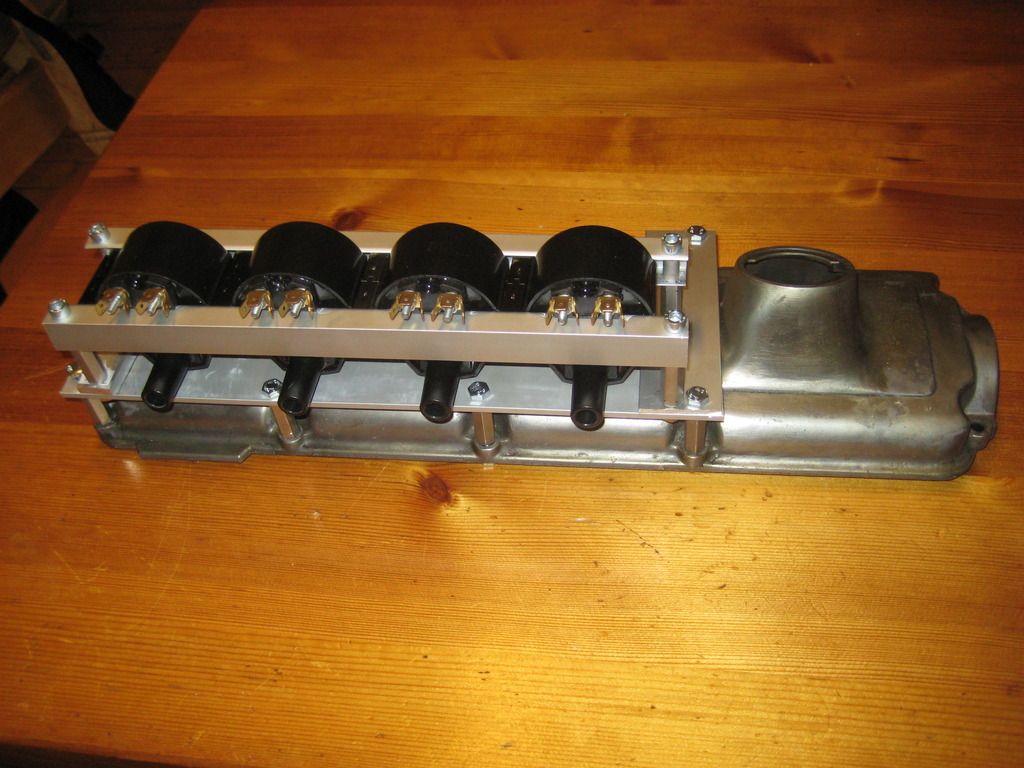I?m still confused about how to set dwell...dwell up to 8-9 ms with no problems?
General trivial
1. A given coil has a designed dwell time (charging time), and its best to not exceed this value (unless there is an electronic circuit to prevent "over-charging").
2. See:
Frequently Asked Questions: Dwell
3. See:
MegaSquirt-II Sequencer™ Coil Selection
4. A given coil will have a duty cycle, and its best to not exceed this value, or it will heat-up/etc.
Note - Crankshaft must rotate twice before firing a given cylinder.
Calculations for
One Coil setup @ 6000 rpm in regards to coil's dwell time
6000 rpm/60 seconds per minute = 100 revolutions per second
100 revolutions
times two cylinders firing each revolution = 200 sparks/second
1/200 = 5 ms total time available (subtract say 0
.5 ms for spark discharge)
==============
==============
Calculations for
Wasted Spark setup @ 6000 rpm
100 revolutions per second
On each revolution, each coil must fire once, so 100 sparks per each coil per second
1/100 = 10 ms total time
============
============
Calculations for
Coil on Plug (Sequential Firing) @ 6000 rpm
100 revolutions per second
Each coil sparks on second revolution, so 100/2 = 50 sparks per second per each coil. (50 sparks each per second
times 4 coils equals 200 sparks/second at 6000 RPM)
1/50 = 20 ms total time
==========================
FWIW, on a V-8 engine at 6,000 RPM, with Coil on Plug setup, there is 20 ms total time available per coil cycle. Chances are, those LS2 Truck Coils duty cycle are based upon this timing parameter, which was designed for Coil on Plug (Sequential Firing) setup. Does anyone know LS2-truck-coil's duty cycle rating?

